The Interplanetary Species Society Assembly took place in an installation developed by artist Jonas Staal that proposed an alternative politicized biosphere in which humans, ammonites, proletarian plantae and meteorites gather, as an imaginative infrastructure for our becoming interplanetary species.
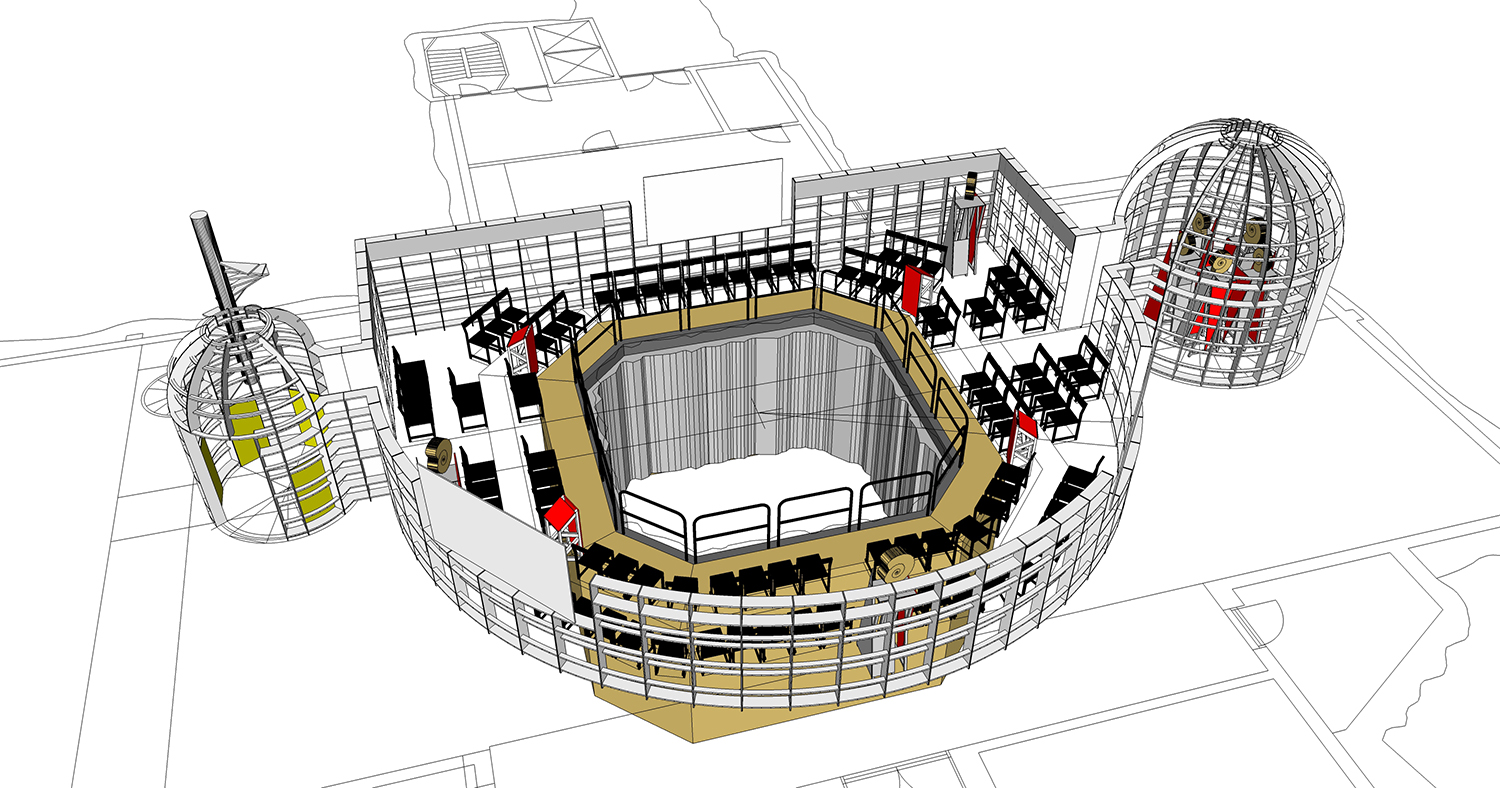
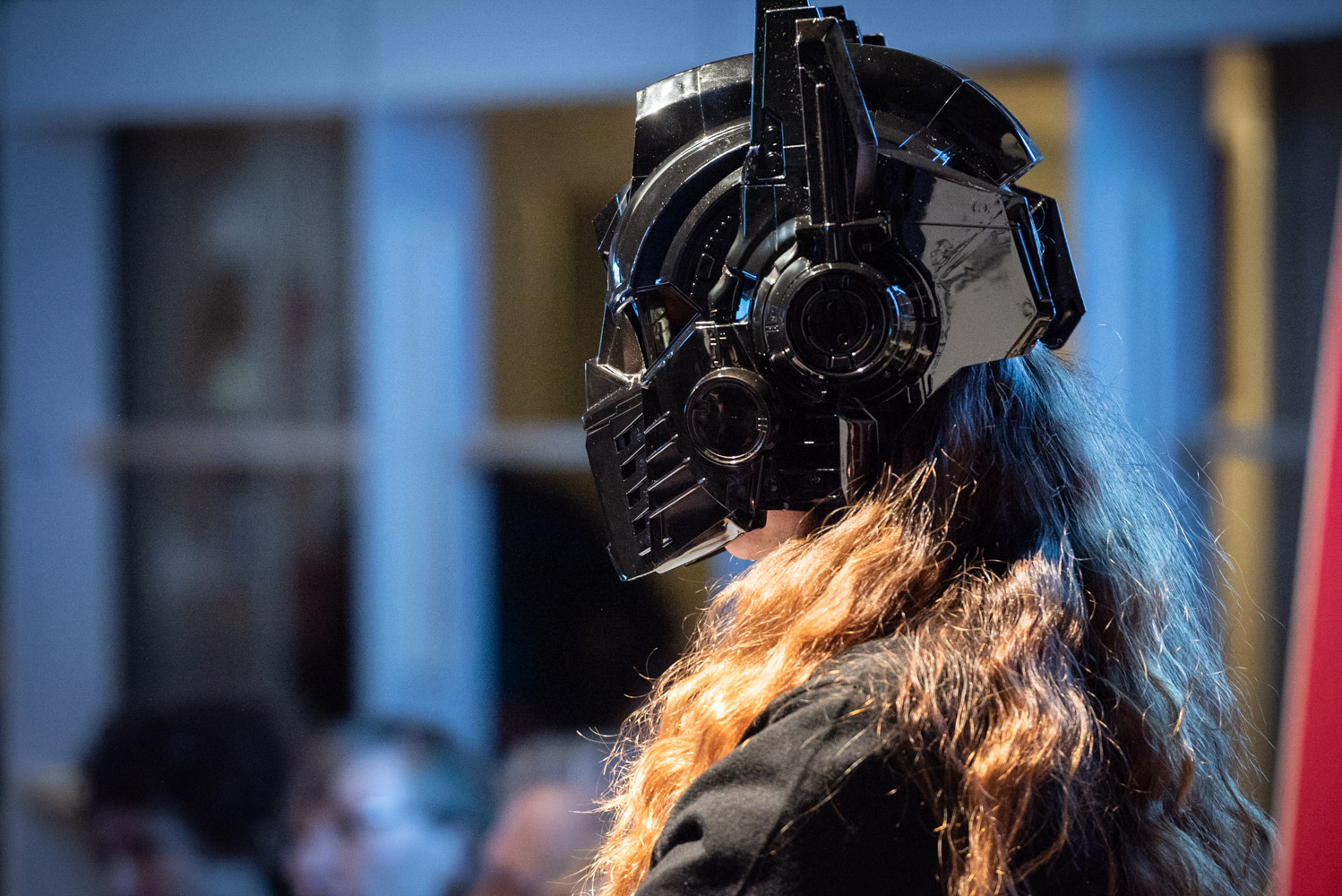
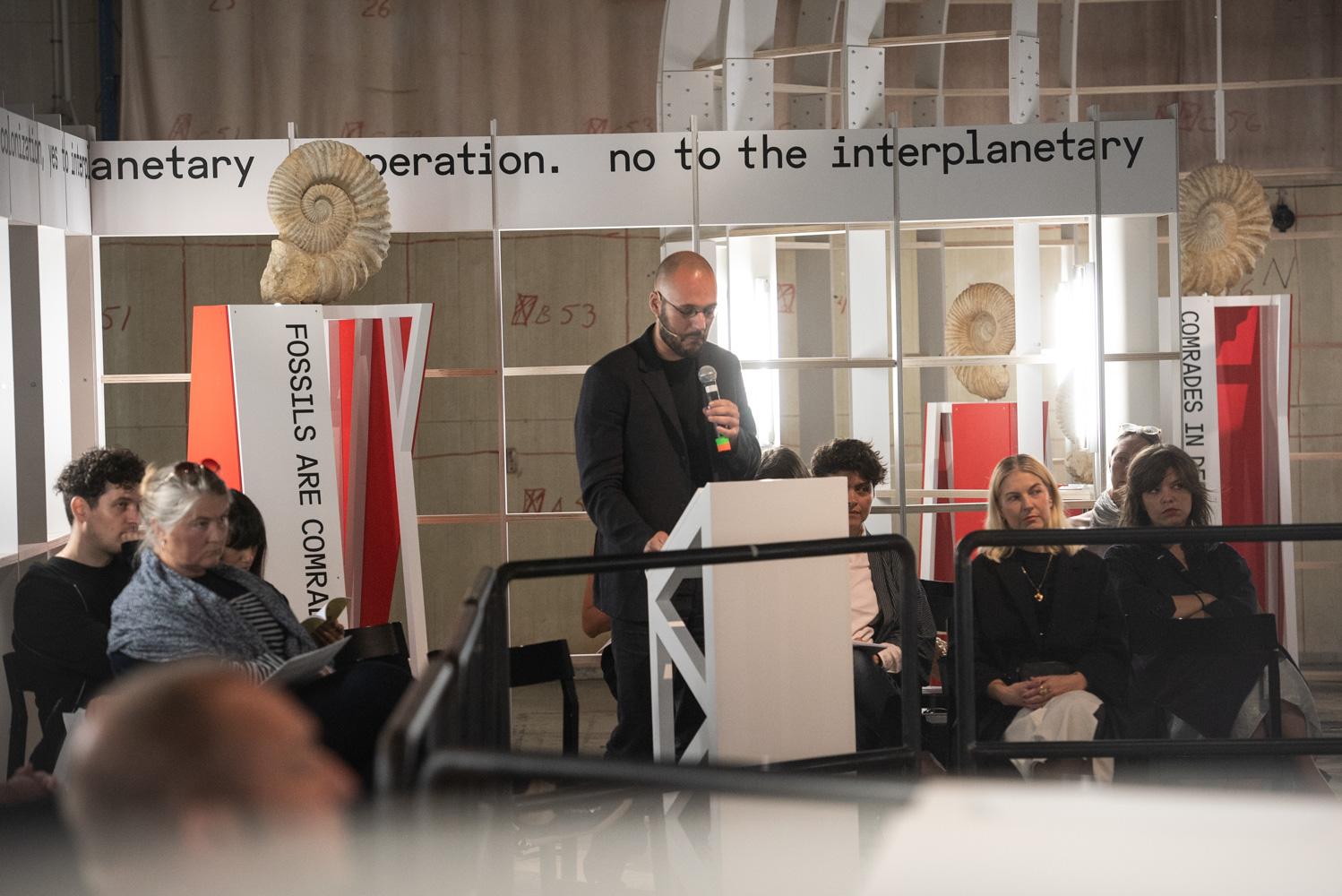
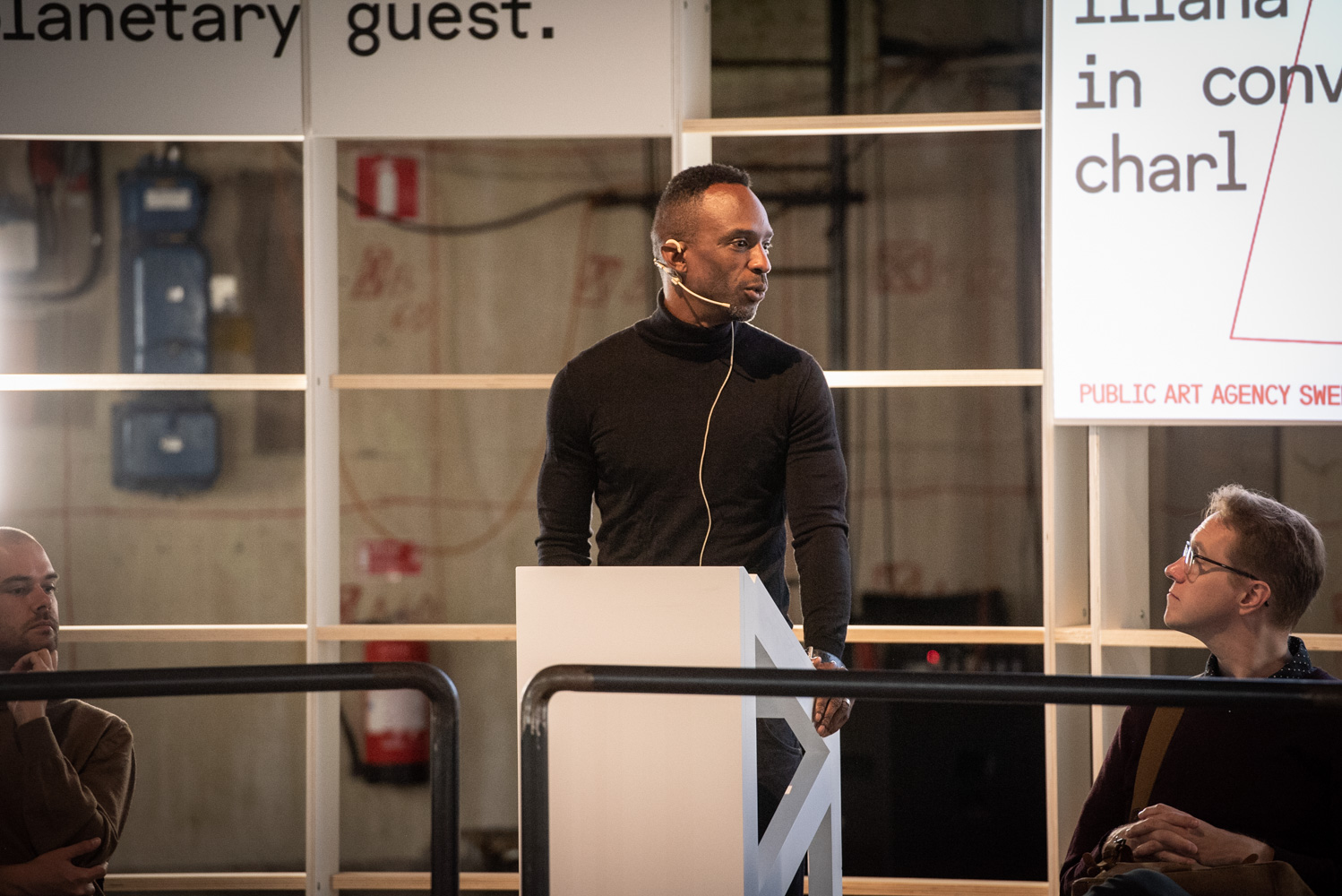
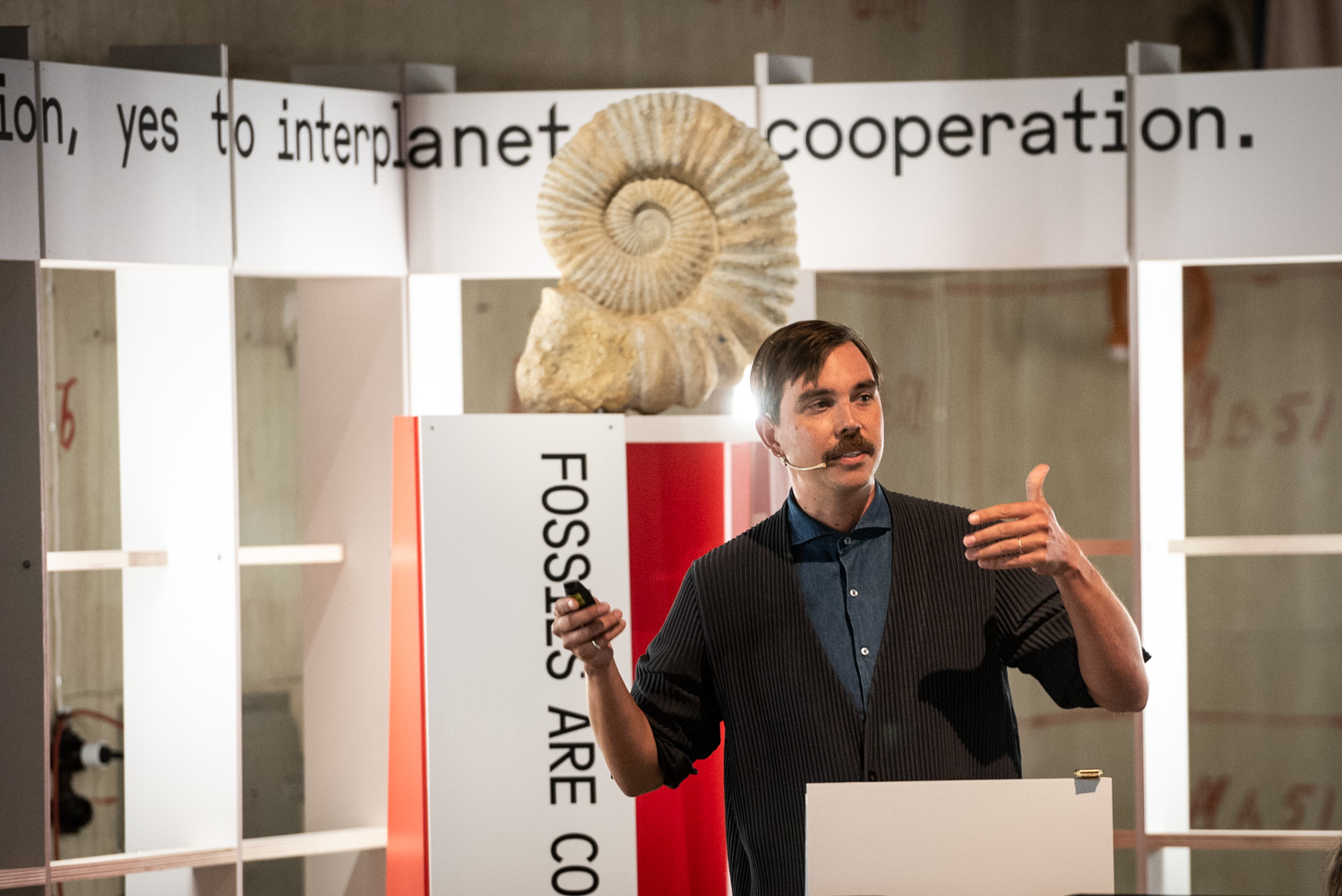
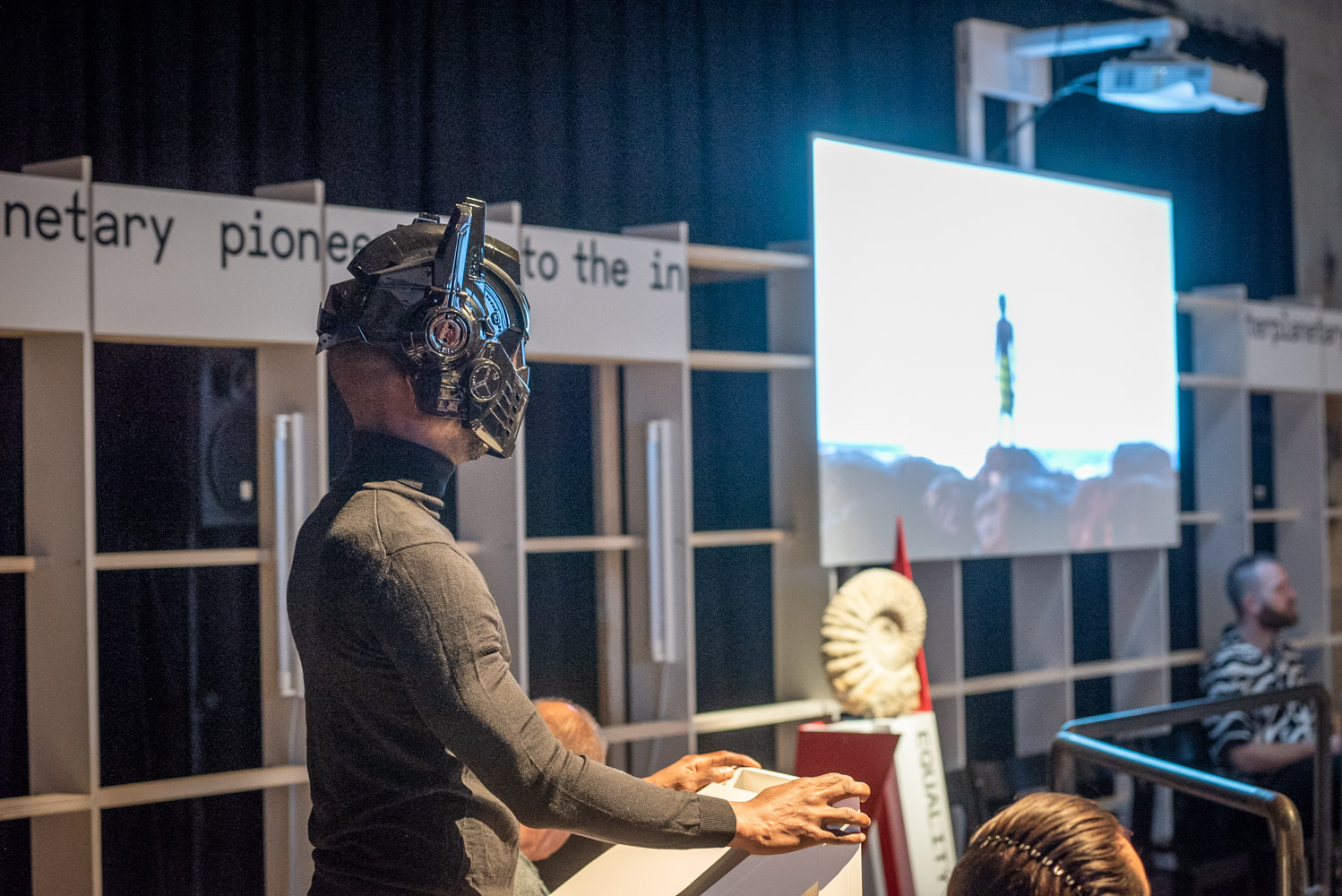
With organizations such as Space X pushing to colonize Mars in the next decade, corporations planning to terraform planets as a back-up for the billionaire class to flee from planetary climate catastrophe, and the Trump administration announcing to export nationalism to space through its “Space Army,” we are witnessing the emergence of an authoritarian and corporatist intergalactic order.
The equality of planetary life must be the foundation for the future of interplanetary life, and new extraplanetary perspectives must go hand in hand with the deepening of intra-planetary understanding.
Interplanetary Species Society instead demanded a sustainable earth, before any interplanetary engagements can take place. The equality of planetary life must be the foundation for the future of interplanetary life, and new extraplanetary perspectives must go hand in hand with the deepening of intra-planetary understanding. ISS further rejected terms such as “space colonization” and called for interplanetary cooperation instead, in which humans learn to understand themselves not as “pioneers” but as guests.
During the founding assembly of the ISS, various speakers from the field of art, architecture, design, theory and science, gathered to discuss and propose alternative conditions for our becoming interplanetary species, from interplanetary infrastructures to our linguistic engagements with non-human subjectivities and visions of emancipatory cosmic governance.
The assembly took place in an installation developed by artist Jonas Staal that proposes an alternative politicized biosphere in which humans, ammonites, proletarian plantae and meteorites gather, as an imaginative infrastructure for our becoming interplanetary species. Situated twenty-five meters underground in Reaktorhallen in Stockholm, which used to house the first nuclear research facility of Sweden, the congress literally turned into our planet to reflect on what our future as an interplanetary species could and should be.
With contributions by: James Bridle, Kristine Dannenberg, iLiana Fokianaki, Vincent W.J. van Gerven Oei, Janna Holmstedt, Klaas Kuitenbrouwer, Charl Landvreugd, Aurélie Nyirabikali Lierman, Sven Lütticken, Felicity Scott and Anton Vidokle.
—
ISS is a project by Jonas Staal, curated by Edi Muka. Installation by Jonas Staal in collaboration with architect Paul Kuipers and designer Remco van Bladel. Production by Younes Bouadi and Evelien Scheltinga (Studio Jonas Staal), in collaboration with the Public Art Agency Sweden and the KTH Royal Institute of Technology.
With support from The Mondriaan fund
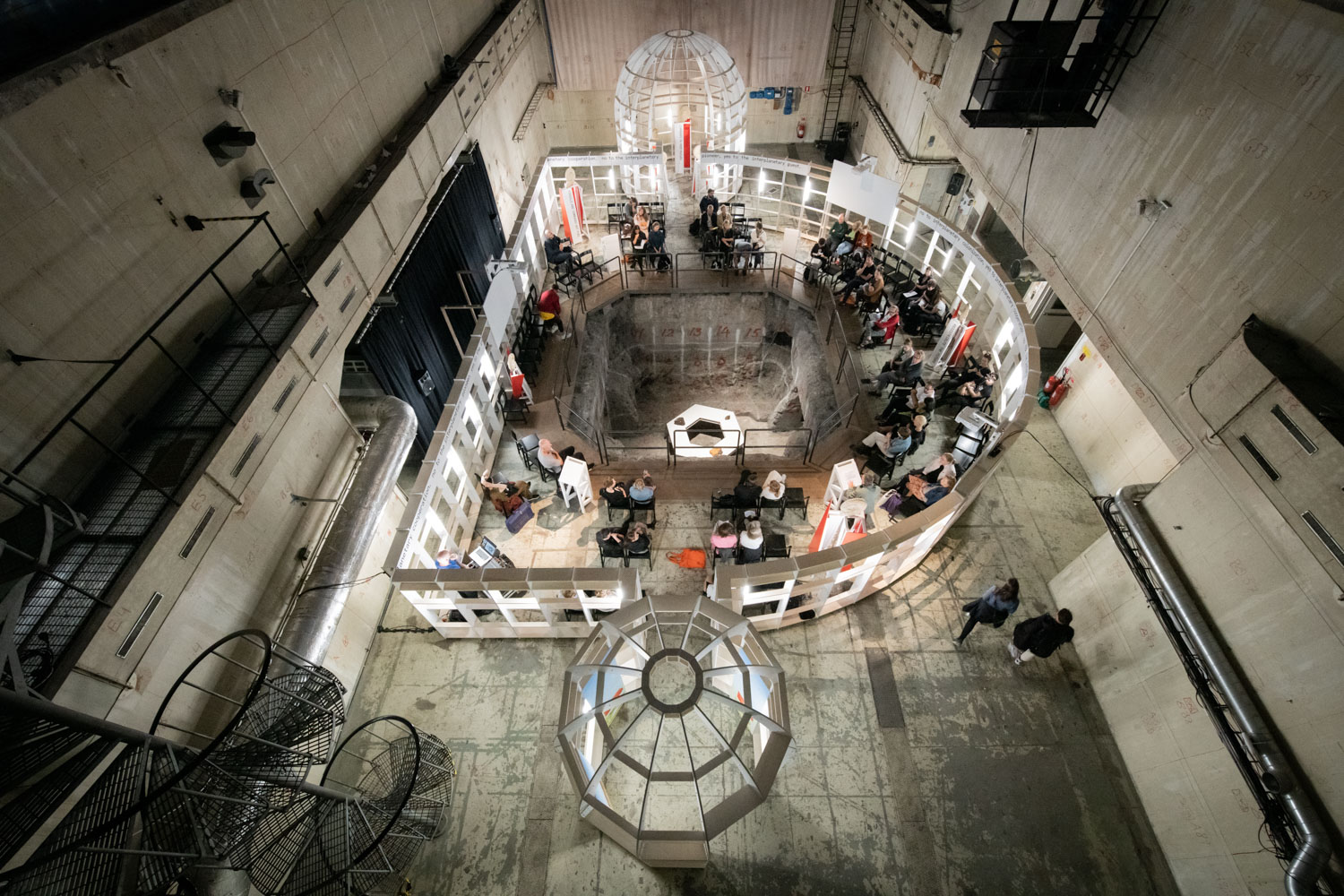
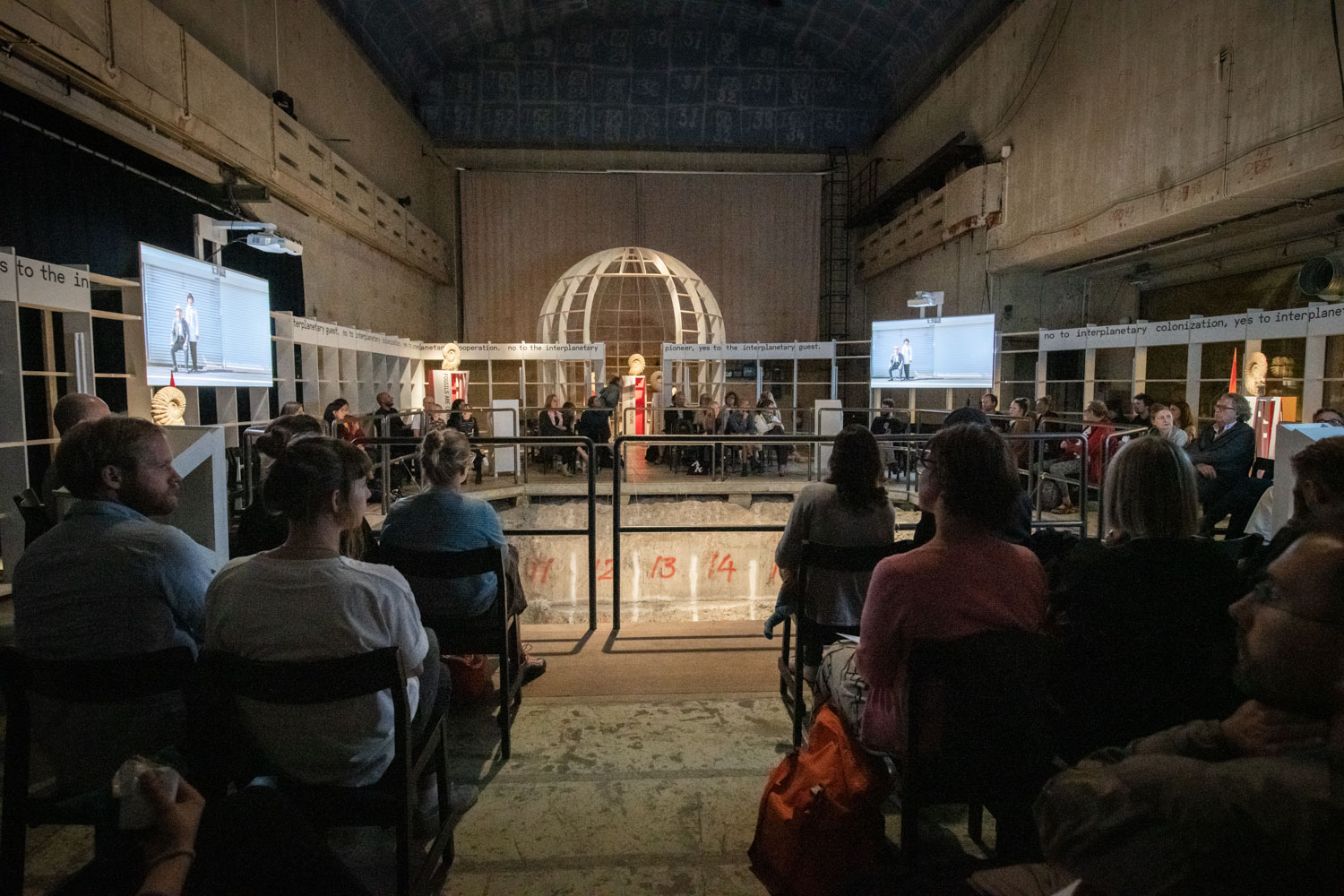
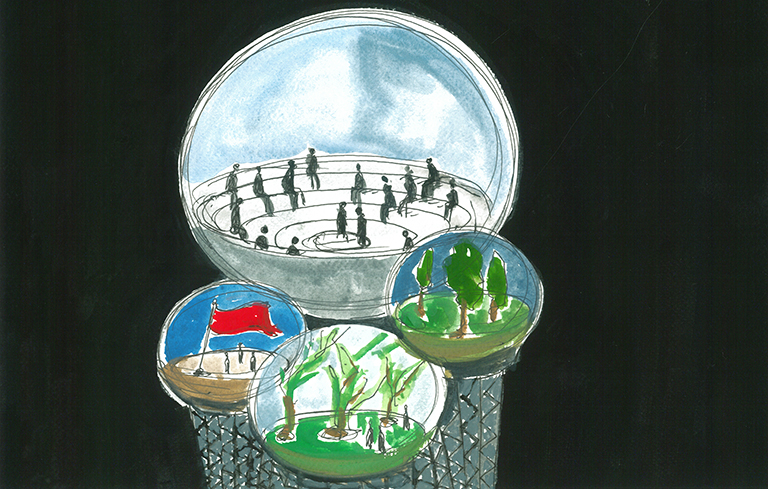
On Jonas Staal
Jonas Staal is a visual artist whose work deals with the relation between art, propaganda, and democracy. He is the founder of the artistic and political organization New World Summit (2012–) and the campaign New Unions (2016–). With BAK, basis voor actuele kunst, Utrecht, he co-founded the New World Academy (2013–2016), and with Florian Malzacher he is currently directing the utopian training camp Training for the Future (2018–) at the Ruhrtriennale in Germany. Recent exhibition-projects include Art of the Stateless State (Moderna Galerija, Ljubljana, 2015), After Europe (State of Concept, Athens, 2016), Museum as Parliament (with the Democratic Federation of North Syria, Van Abbemuseum, Eindhoven, 2018) and The Scottish-European Parliament (CCA, Glasgow, 2018).
Jonas Staals projects have been exhibited widely, among others at the 7th Berlin Biennial (2012), the 31st São Paulo Biennale (2014), the Oslo Architecture Triennial (2016) and the Göteborg Biennale (2017). Recent publications and catalogs include Nosso Lar, Brasília (Jap Sam Books, 2014), Stateless Democracy (With co-editors Dilar Dirik and Renée In der Maur, BAK, 2015) and Steve Bannon: A Propaganda Retrospective (Het Nieuwe Instituut, 2018). His book Propaganda Art in the 21st Century is forthcoming from the MIT Press in the fall of 2019. Staal completed his PhD research on propaganda art at the PhDArts program of Leiden University, the Netherlands.